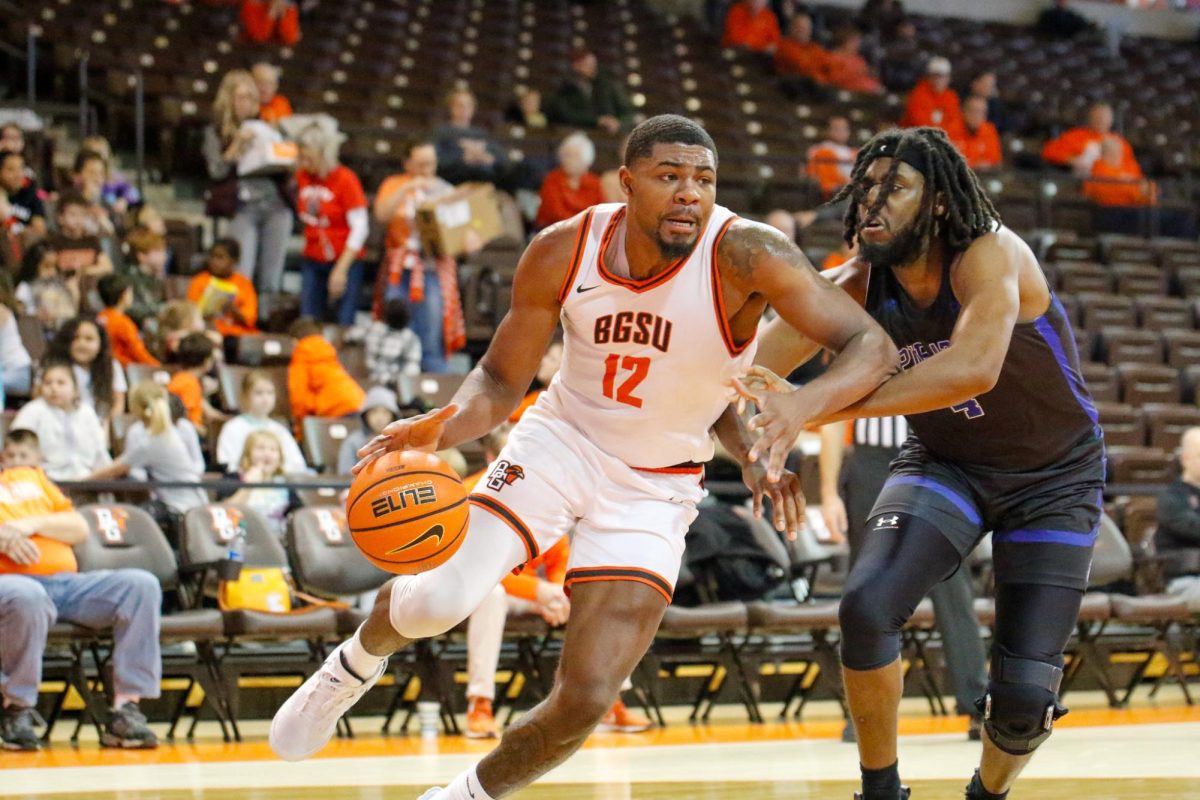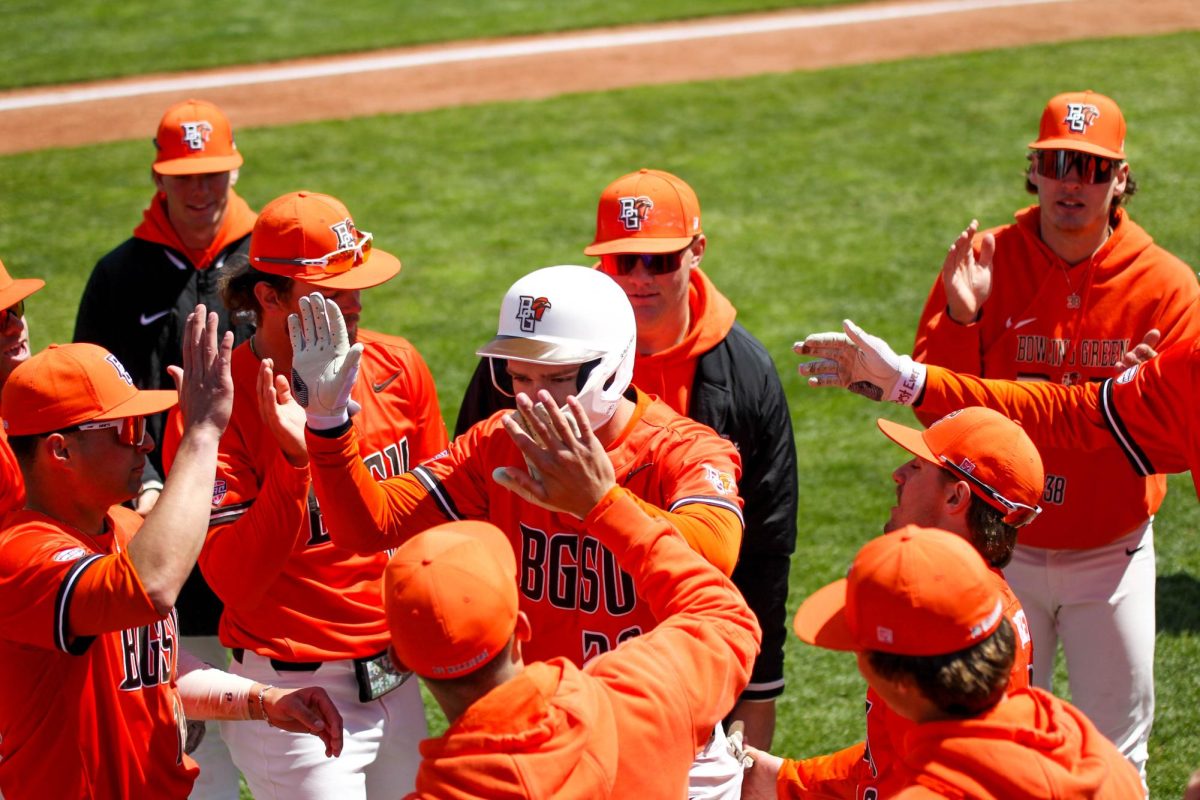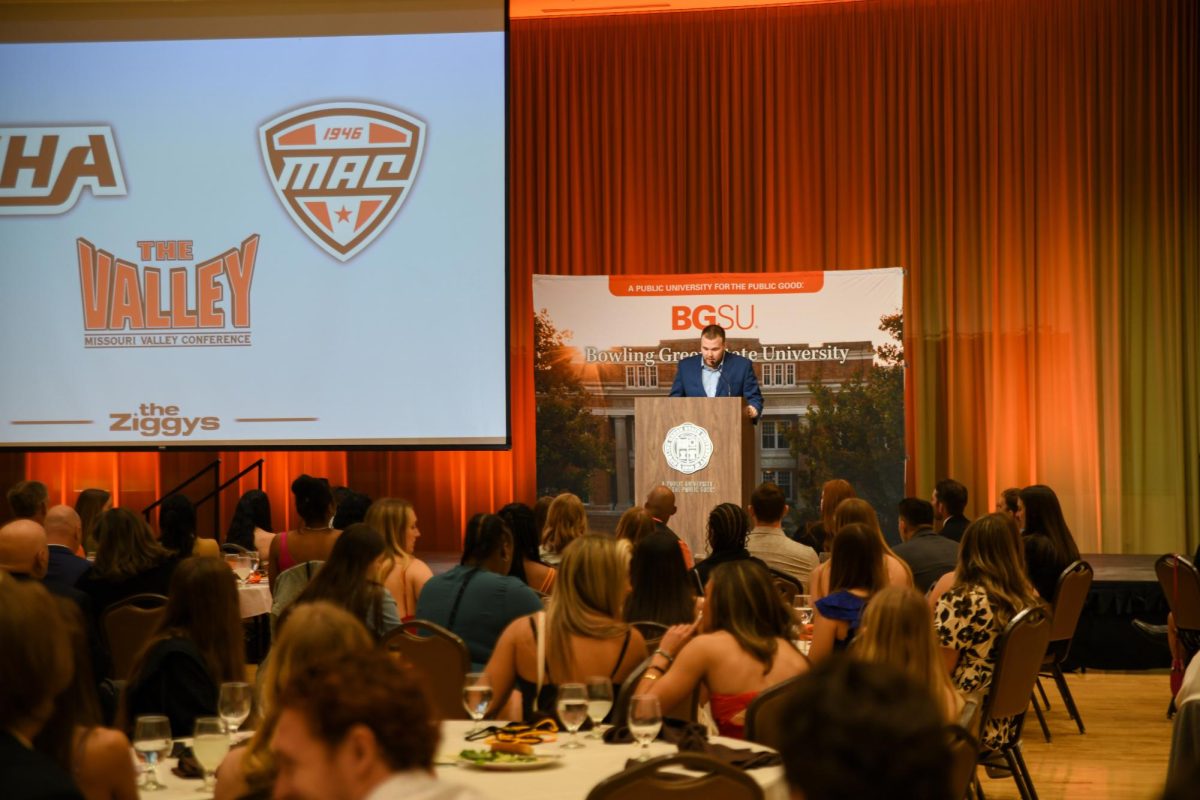By Kara Hull
Campus News Editor
Despite the recent Columbia disaster, the research of a University professor may still culminate aboard a NASA space shuttle.
Distinguished Research Professor Ron Woodruff, of the biological sciences department, has spent the past three years working with Drosophila fruit flies under a grant from NASA and with help from collaborator James Thompson of the University of Oklahoma.
“It really hasn’t shut us down because we didn’t plan to go on the next space shuttle,” Woodruff said. “But we’re obviously concerned because if they can’t get back up and have a way to go back and forth to the International Space Station, our grant will be terminated.”
The project will send fruit flies up in 2005 to an insect habitat being built onto the International Space Station. These experiments will confirm the groundwork that Woodruff and Thompson have been performing.
The researchers, who share over 30 published works and an enduring friendship, also share grant money through Thompson’s home state.
“When we first decided to do this, at that time the state of Oklahoma had a program with NASA, and you could get a small amount of money from NASA within the state,” Woodruff said. “We didn’t have such a program. We started this through him [Thompson] being the principal investigator instead of me, because we thought that our best bet would be to try to get the local money first.”
Besides more funding options, collaborations are usually essential for success in such research, according to Scott Rogers, chair of the biological science department.
“Each person doesn’t know everything,” he said. “So as we’re now trying to do more integrative science, you try to assemble a team that has the expertise needed to complete the project. I think the days spent in individual plants and alone in labs doesn’t happen much anymore.”
Concern for the many types of radiation astronauts are subjected to in space, as well as anticipation toward a manned mission to Mars, spurs the research of Woodruff and Thompson.
“Astronauts are exposed to an amazing amount of radiation up in space,” Woodruff said. “All the time, high energy electrons are flying around in space and these astronauts are exposed to them, and there’s nothing they can do about it. We know that such radiation is damaging to genetics and development, but what we don’t know is what long-term low doses of these physical elements do to the genetics and development of a model system like Drosophila.”
That’s just what the experiments with fruit flies, both on the ground and up in space, should accomplish.
“We want to learn more about the long-term consequences of space fight on humans,” Woodruff said. “But we can’t do the kinds of experiments that we need to do on humans, so we have to use a model system.”
Though some may feel that mice are the better choice for such experiments, the flies have their advantages.
“We can set-up and do a multi-generation experiment with Drosophila with the flies only up there for two to three weeks per generation,” Woodruff said. “With mice, a generation is going to be a couple of years.”
According to Woodruff, despite their short life span, fruit flies have a lot in common with humans when it comes to genetics.
“The things that you learn from Drosophila certainly are not completely directly related to humans, but very close,” he said. “If you find physical or chemical agents that are detrimental to the genetics and development of fruit flies, there’s a very good chance that they will be to humans as well.”
Some of the things the scientists will monitor include life span, viability, mutation rates and genetic and developmental stability. Despite nationwide concerns about a breach in NASA’s safety record after the Columbia disaster, being able to do research with them is still prestigious, according to Rogers.
“To collaborate with them brings up a different dimension to your research,” he said. “It’s different, it’s more of a technical agency than science. It’s science in a different way.”
Though working with NASA carries its honors, Woodruff has already established himself as a successful researcher and an asset to the University community.
“Ron’s recognized as a good researcher by people around the country,” Rogers said. “I think that’s the best recognition, that at least his colleagues know that he’s doing good research.”
For Woodruff, as well as most in the scientific community, this is all that is necessary.
“He’s not a publicity hound,” Rogers said. “I don’t think many scientists are. Just knowing that he can get funded in that area says something about his research.”
Trusting that the insect habitat is nearing completion and NASA will reinstate its shuttle travels, the researchers continue experiments on the ground and are preparing a document for NASA giving details for the project.
“Our next task is to turn in a detailed report on exactly everything we need to get ready to put the flies up on the International Space Station,” Woodruff said. “Getting into the pipeline of doing this is hard. But once you get in, they want to make sure it works.”
After three years of research preparing for the launch, Woodruff is still in awe of the decision.
“I’m just very surprised that we got picked,” he said. “We went out and met with people from NASA a little over three years ago and told them about our idea. We got our foot in the door a little bit, but who knows exactly what the reasons are why you get picked to do projects like this.”

















